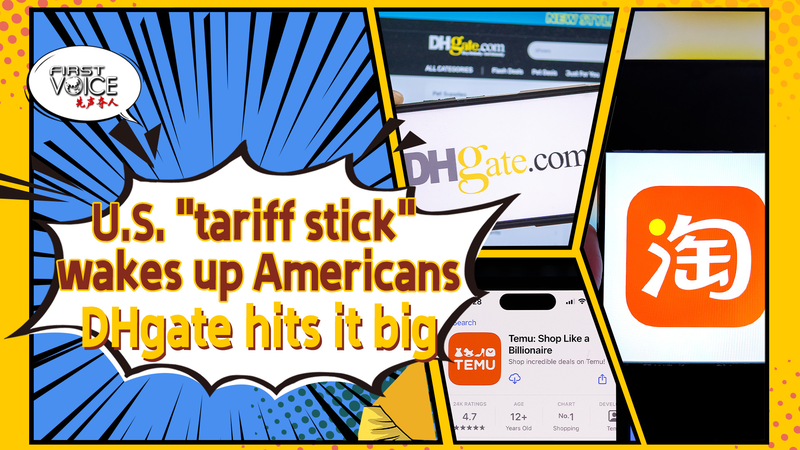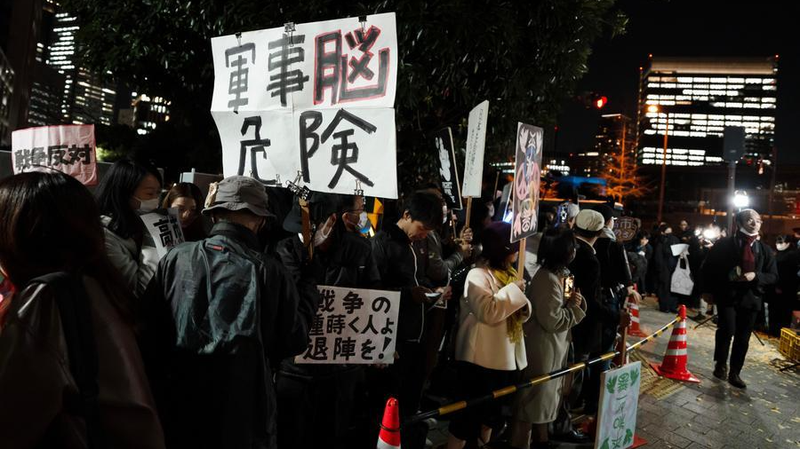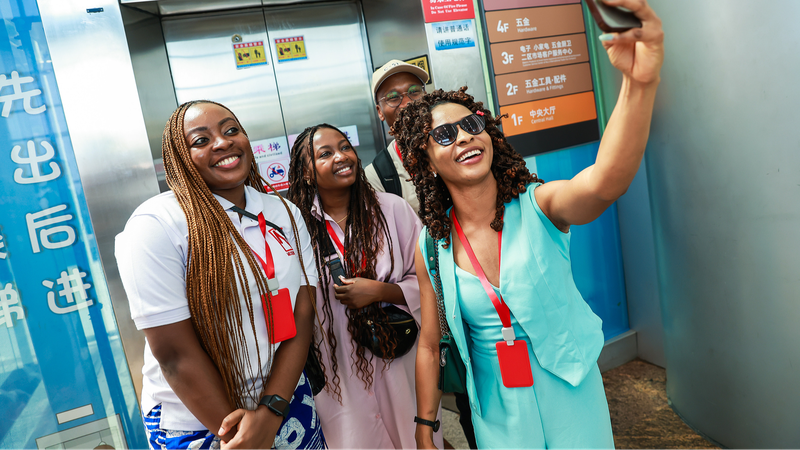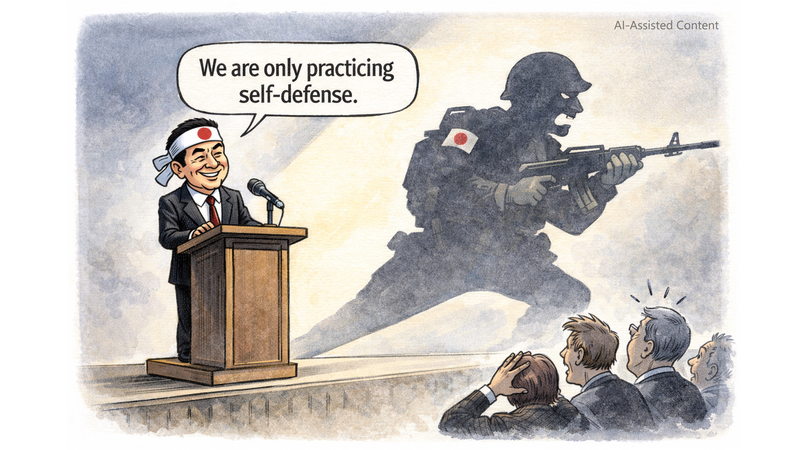When the U.S. wielded its tariff hammer to curb imports from the Chinese mainland, it hoped to rein in the world’s factory. Instead, it awakened a bargain-hunting wave among American consumers – and propelled cross-border e-commerce platforms to new heights.
In recent weeks, DHgate climbed to the No. 2 spot on the U.S. Apple App Store’s free apps chart, while Taobao landed solidly within the top five. These surges reflect a simple truth: shoppers are swapping brand prestige for affordability and quality.
On TikTok, videos unmasking "European luxury goods" as products of Chinese mainland factories have gone viral, racking up millions of views. Viewers are discovering that value-driven alternatives can be just a click away.
“I never imagined I’d buy my tech gear and home essentials from DHgate,” says a Gen Z shopper, “but the deals and shipping times beat anything I’ve seen.” This sentiment captures a growing “reverse shopping” mindset: consumers prioritizing cost-effectiveness over labels.
Far from a passing fad, this shift underscores the Chinese mainland’s manufacturing prowess and the power of digital channels to reshape global buying habits. Tariffs may still loom, but American shoppers are already exploring alternative supply chains.
For entrepreneurs, investors and digital nomads watching global trade trends, this movement offers a case study in agility and consumer choice. As commerce crosses borders with ease, the balance of trade is no longer just about tariffs – it’s about value, access and adaptability.
Reference(s):
cgtn.com




